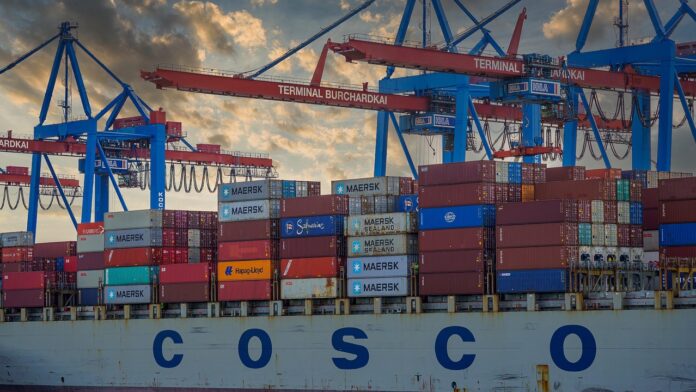Frontpage Journal | Global Report
Sri Lanka is facing a critical juncture in its trade policy as rising U.S. tariff pressures threaten established export sectors. Analysts and trade experts view the challenge not merely as a threat but as an impetus for strategic realignment of the country’s industrial and export framework. Traditional sectors, including garments and agricultural commodities, which have long formed the backbone of the nation’s foreign exchange earnings, are increasingly exposed to external shocks from protectionist policies abroad.
Experts suggest that this tariff shock presents a clear signal for policymakers to accelerate efforts toward export diversification. Industries that have historically dominated Sri Lanka’s trade landscape may need to innovate and move up the value chain to remain competitive in global markets. Opportunities exist in high-value manufacturing, technology-driven sectors, and specialized agro-processing industries, all of which could help mitigate vulnerability to foreign trade fluctuations.
Government officials are being urged to craft medium- and long-term industrial strategies that emphasize resilience, innovation, and market expansion. Economic strategists stress the importance of strengthening domestic capabilities, investing in research and development, and forging strategic trade partnerships beyond traditional markets. Such measures could not only buffer the economy against tariff-induced shocks but also position Sri Lanka as a more agile and diversified exporter on the global stage.
The tariff pressures also highlight the urgent need for dialogue between the private sector and policymakers. Exporters are calling for supportive policies that facilitate access to finance, modernize production infrastructure, and enhance compliance with international quality standards. By addressing these structural gaps, Sri Lanka could transform the current external challenge into a catalyst for sustainable industrial growth and global competitiveness.
Trade analysts emphasize that countries that have successfully navigated similar disruptions often emerged stronger by proactively reshaping their export strategies. For Sri Lanka, the current tariff environment could mark the beginning of a pivotal transition toward a more diversified, innovation-led, and resilient economy capable of withstanding global trade volatility while capturing emerging opportunities.
This moment underscores the intersection of global economic pressures and domestic strategic foresight. Sri Lanka’s ability to respond decisively and proactively may well determine the trajectory of its industrial and export landscape for years to come.




